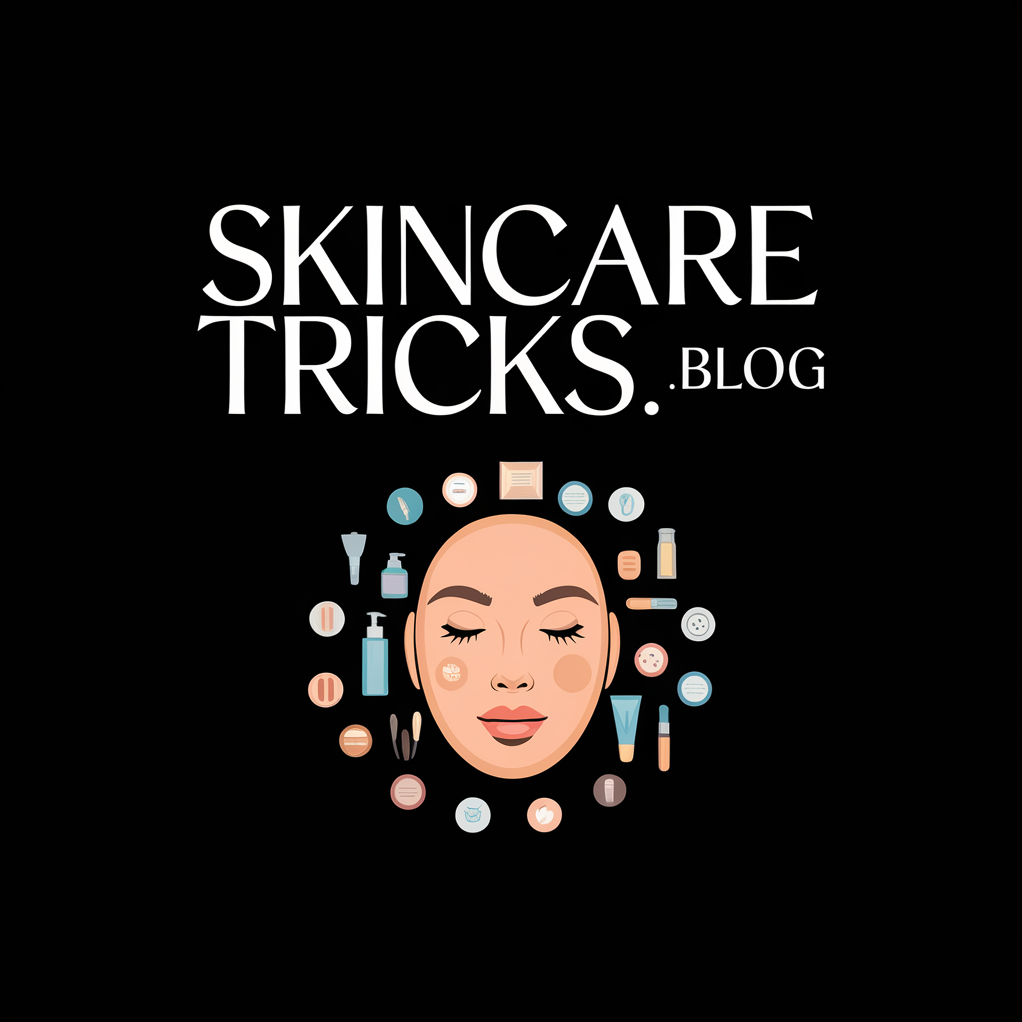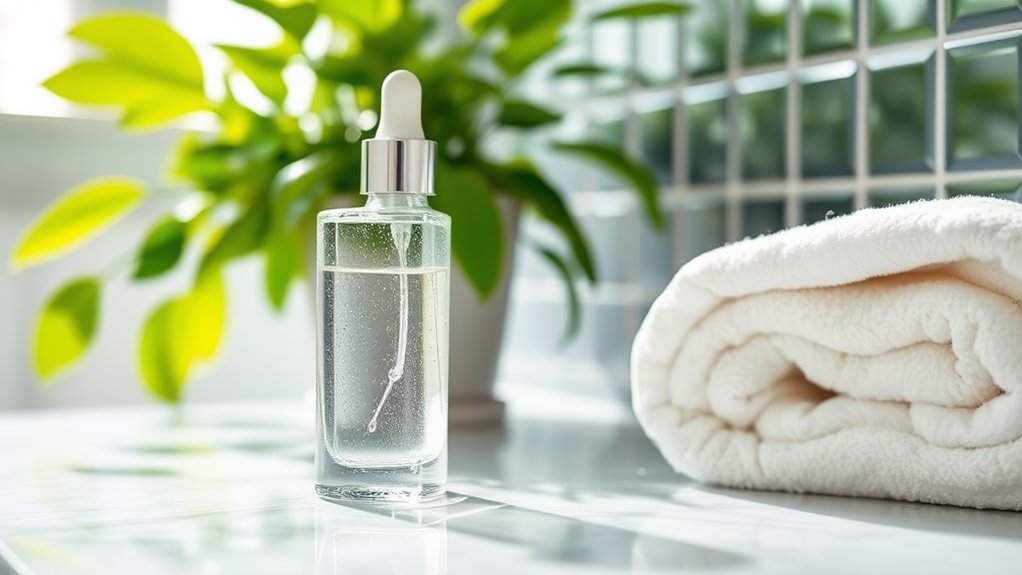This Simple Switch Made My Skin Less Oily in Days
If you struggle with oily skin, you may find that minor adjustments to your skincare routine can lead to remarkable improvements. Initially, many overlook the importance of specific ingredients tailored to manage excess sebum. By switching to an oil-free cleanser that includes salicylic acid, you’ve taken the first step in a transformative process. This initial change, however, is just the beginning of harnessing the benefits of targeted products for long-lasting balance. What other steps can enhance your results?
Understanding Oily Skin
When you understand oily skin, you can identify its causes and address it effectively. Oily skin typically results from overactive sebaceous glands producing excess sebum. Hormonal fluctuations, diet, and environmental factors can exacerbate this condition.
Key to managing oily skin is effective oil control, which helps prevent clogged pores and acne. Utilizing oil-free or non-comedogenic products is essential, as these formulations reduce shine without stripping moisture. Regular exfoliation can also aid in removing dead skin cells that trap oil. Additionally, maintaining a healthy skin moisture balance is crucial for achieving a well-hydrated and balanced complexion. By recognizing specific triggers and implementing targeted strategies, you can achieve a balanced complexion, allowing your skin to feel fresher and less greasy.
The Impact of Skincare Ingredients
The ingredients you choose for your skincare routine can significantly influence the health of your oily skin.
For instance, look for non-comedogenic products that won’t clog your pores. Ingredients like salicylic acid penetrate the skin, helping to combat excess oil and prevent breakouts.
Niacinamide regulates sebum production, while lightweight moisturizers can hydrate without overwhelming your skin.
Avoid heavy oils and fragrances, as they may exacerbate oiliness. You should consider including alpha hydroxy acids (AHAs) to exfoliate and maintain clear skin. Additionally, understanding how sleep affects collagen production can further enhance your overall skin health.
Understanding these ingredients allows you to tailor your regimen, effectively managing your oily skin issues and promoting a healthier complexion.
My Game-Changing Switch
Switching to a skincare routine specifically designed for oily skin can be transformative, especially when you focus on the right products and techniques.
Start by choosing a gentle, oil-free cleanser containing salicylic acid, which helps unclog pores and reduce excess oil. Incorporate lightweight, non-comedogenic moisturizers that hydrate without feeling heavy.
Incorporating a toner with witch hazel can further balance oil production while refining pores. Don’t forget to use sunscreen formulated for oily skin, as protecting your skin is crucial.
Each product should complement each other, ensuring your routine works synergistically to manage oiliness while maintaining skin health and balance. Additionally, overcompensation for dryness can lead to increased oil production, so aim for gentle hydration.
Immediate Results Observed
Almost immediately after adopting a skincare routine tailored for oily skin, many users notice distinct changes in their complexion. You might observe reduced shine, smaller pores, and increased clarity within days. These changes stem from ingredients specifically designed to regulate sebum production and provide hydration without excess oil. Additionally, incorporating salicylic acid into your regime can significantly enhance oil control and prevent breakouts.
| Day | Observation | Skin Condition |
|---|---|---|
| 1 | Slight reduction in shine | Oily |
| 2 | Pores appear tighter | Improving clarity |
| 3 | Noticeably less oil | Balanced hydration |
| 4 | Enhanced texture | Smoother surface |
| 5 | Glowing complexion | Overall improvement |
Tips for Maintaining Balanced Skin
To maintain balanced skin after observing initial improvements, it’s essential to establish a consistent skincare routine that addresses the needs of oily skin.
Start with a gentle cleanser containing salicylic acid or benzoyl peroxide to remove excess oil without over-drying.
Apply a lightweight, non-comedogenic moisturizer to hydrate your skin.
Incorporate a chemical exfoliant, like glycolic acid, 2-3 times a week to slough off dead cells and prevent clogged pores.
Lastly, don’t forget broad-spectrum sunscreen daily, as oily skin is still susceptible to UV damage.
Regularly assess your skin’s condition, and adjust products as needed to maintain balance. It’s also important to check product labels for potential acne triggers that can exacerbate oiliness.

